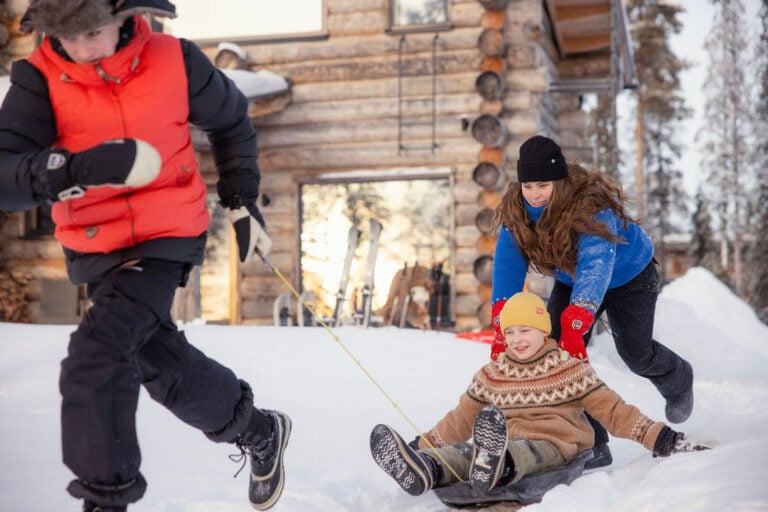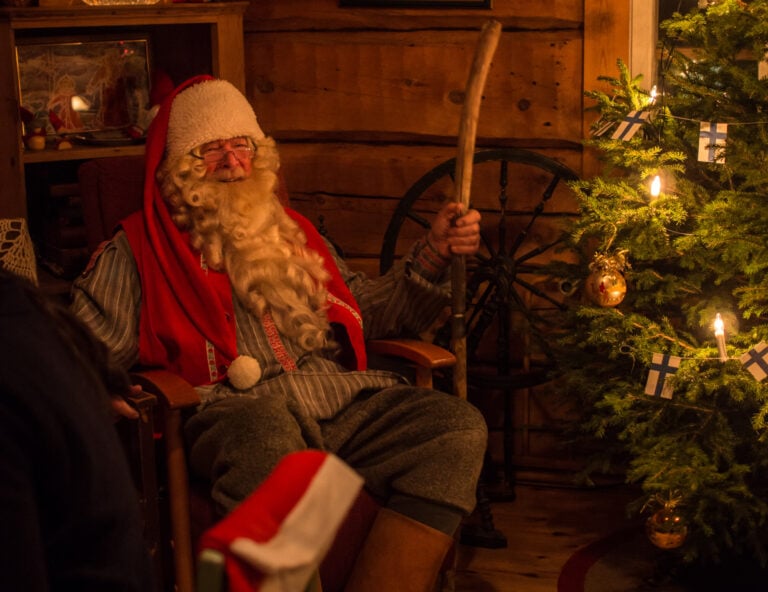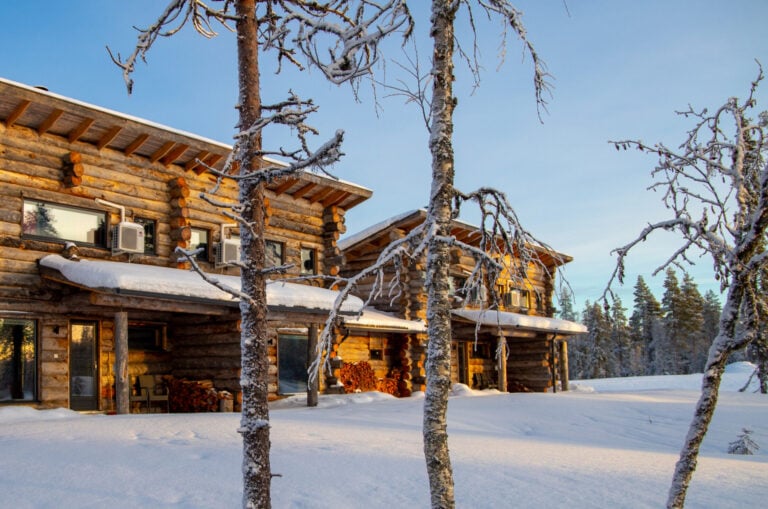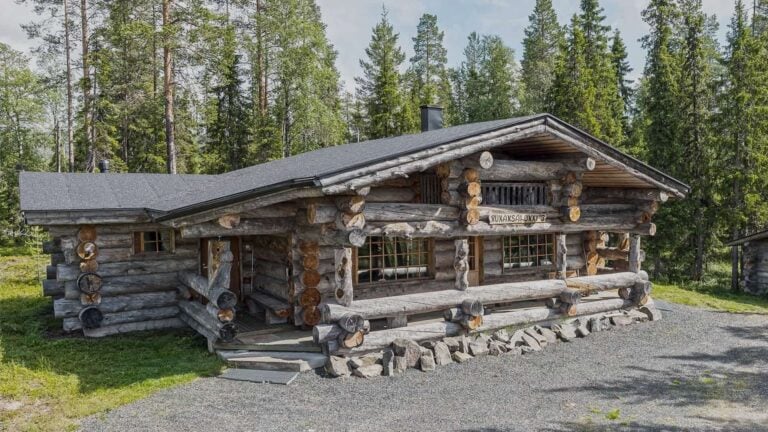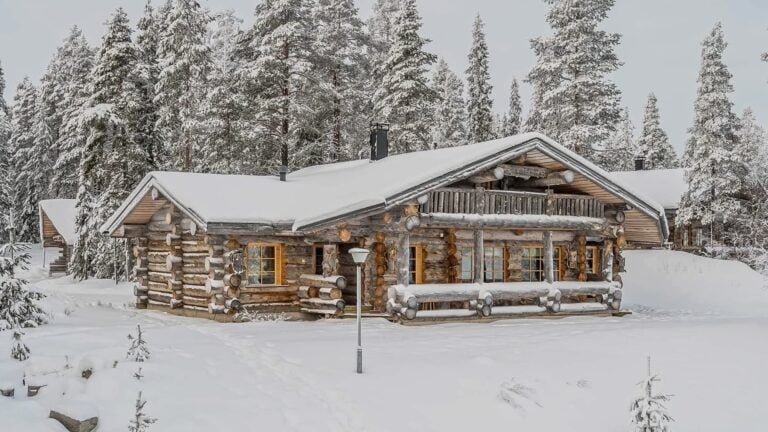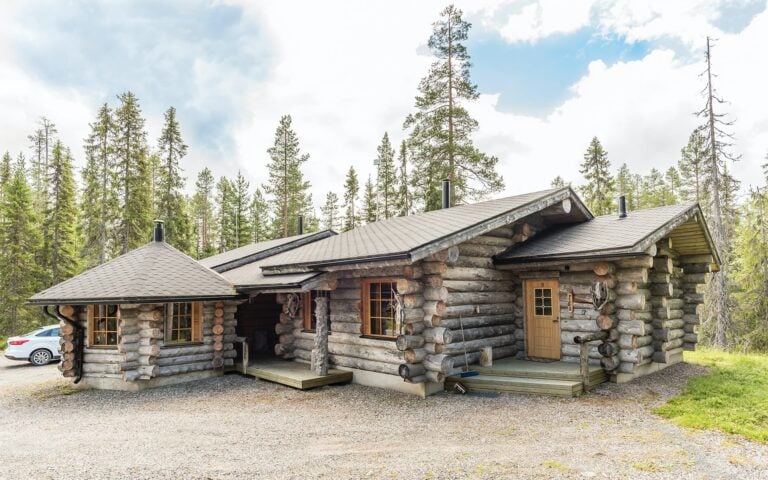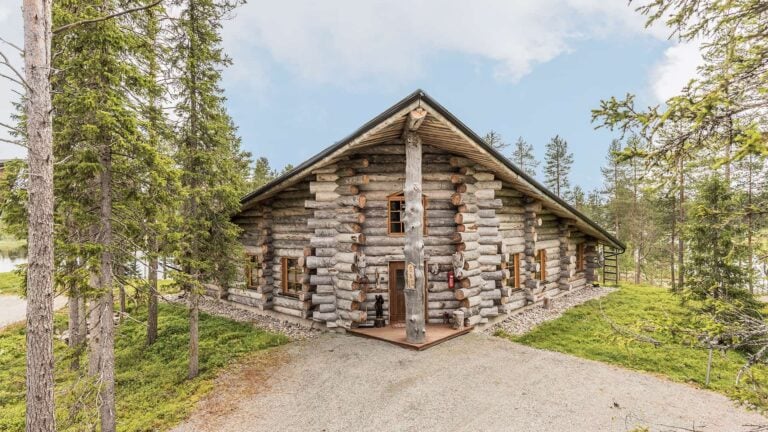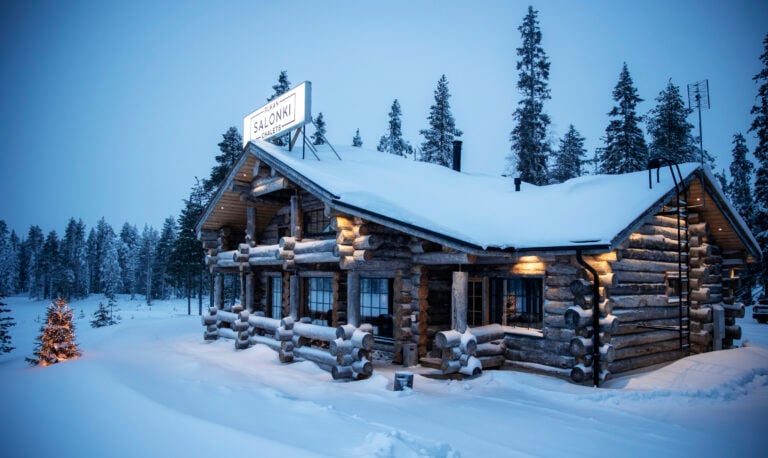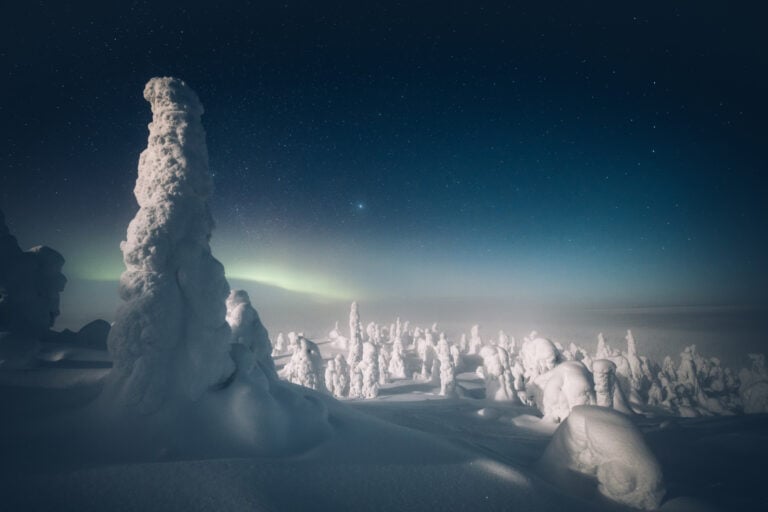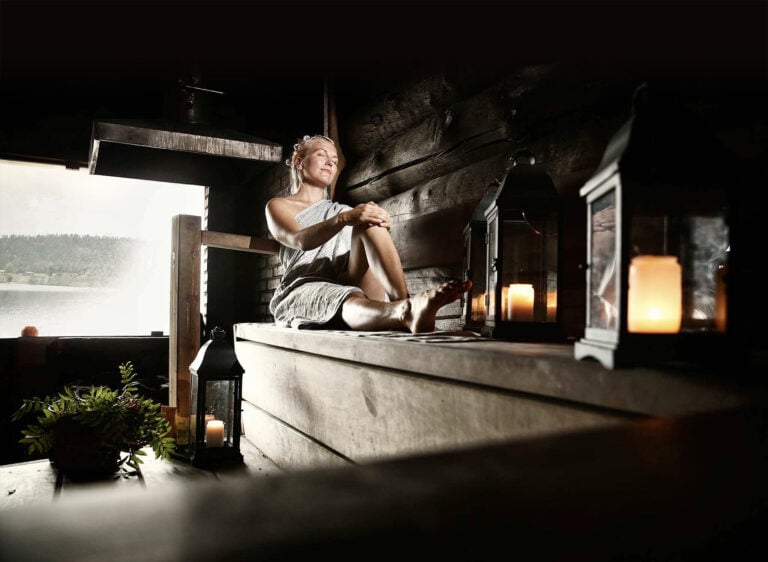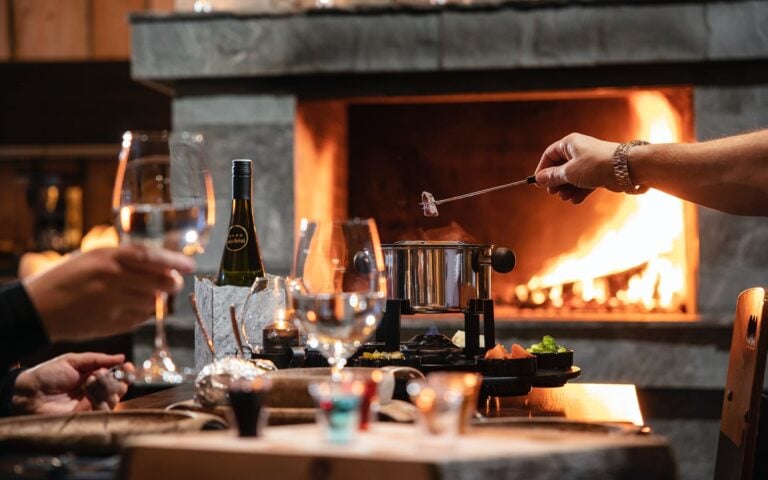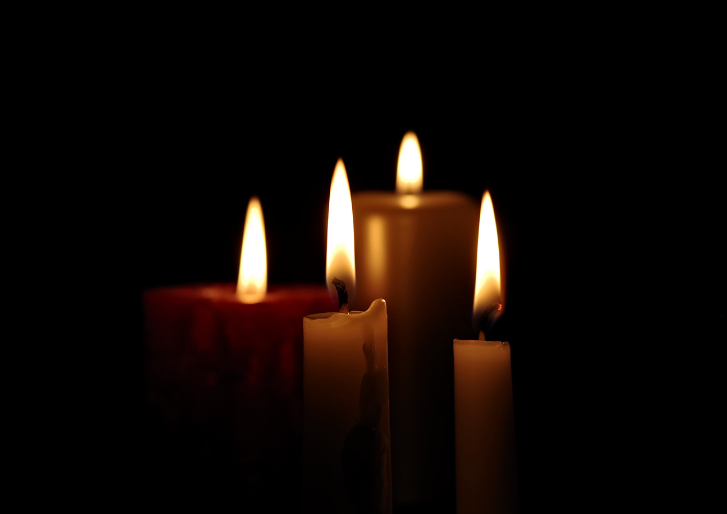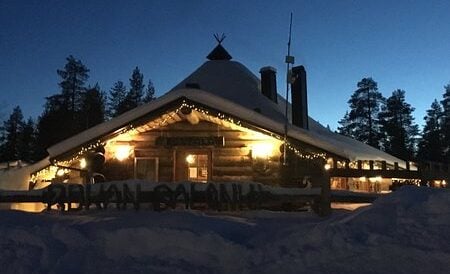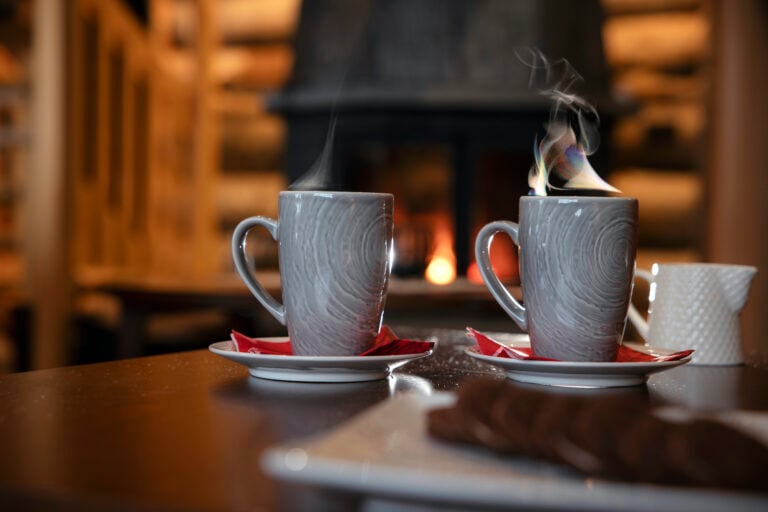What is the difference between smoke sauna and regular sauna?
The main difference between smoke sauna and regular sauna lies in their heating methods and ventilation systems. Smoke saunas heat without a chimney, allowing smoke to circulate before being released, whilst regular saunas use controlled ventilation with electric or wood-fired heaters. Smoke saunas offer a more traditional, aromatic experience with unique heat distribution, whilst regular saunas provide consistent, easily controlled temperatures for modern wellness routines.
Understanding the two main types of Finnish saunas
Finnish sauna culture recognises two primary varieties that represent different approaches to traditional wellness. The smoke sauna (savusauna) and regular sauna each offer distinct experiences rooted in centuries of Nordic tradition.
Smoke saunas represent the oldest form of Finnish sauna, dating back over 1,000 years. These traditional structures were the foundation of Finnish wellness culture, serving entire communities as places for cleansing, healing, and social gathering. Regular saunas evolved as modern innovations improved ventilation and heating technology.
Both sauna types maintain deep cultural significance in Finnish wellness traditions. They serve as spaces for physical and mental rejuvenation, social connection, and spiritual cleansing. The choice between smoke and regular sauna often depends on personal preference for traditional authenticity versus modern convenience.
What is a smoke sauna and how does it work?
A smoke sauna operates without a chimney, allowing smoke to circulate throughout the room before being released through vents or doors. The heating process involves burning large amounts of wood in a specially designed stove, creating intense heat whilst filling the space with aromatic smoke.
The construction requires thick log walls and a massive stone stove capable of burning wood for several hours. During heating, smoke permeates every surface, creating the characteristic dark interior and distinctive smoky aroma. The heating process typically takes 6-8 hours, with temperatures reaching 60-80°C.
Once heating completes, the smoke is cleared through opened vents and doors. The retained heat in the stones and walls continues warming the space for hours. This creates uniquely gentle heat distribution with high humidity levels from steam generated by throwing water on the hot stones.
The smoke circulation process deposits natural compounds on the wooden surfaces, creating antimicrobial properties and the distinctive smoky scent that defines the authentic smoke sauna experience.
How does a regular sauna differ from a smoke sauna?
Regular saunas feature proper ventilation systems with chimneys or electric heating elements, allowing for controlled air circulation and consistent temperature management. Unlike smoke saunas, they can be heated quickly and used immediately without lengthy preparation.
The heating systems vary between wood-fired stoves with chimneys and electric heaters with precise temperature controls. This allows users to adjust conditions according to personal preferences and achieve desired temperatures within 30-60 minutes.
Ventilation systems in regular saunas maintain fresh air circulation whilst retaining heat. Air inlets near the floor and outlets near the ceiling create proper airflow patterns. This prevents smoke accumulation whilst maintaining optimal humidity levels.
The interior atmosphere differs significantly from smoke saunas. Regular saunas maintain the natural wood colour and scent without smoky deposits. The heat feels more direct and intense, with lower humidity levels unless water is frequently added to the stones.
For those seeking convenient access to authentic Finnish wellness experiences, exploring traditional sauna facilities can provide insights into both sauna types and their unique characteristics.
Which sauna type offers a better experience?
The superior sauna experience depends on individual preferences for tradition, convenience, and sensory characteristics. Smoke saunas offer unmatched authenticity and gentle heat, whilst regular saunas provide consistent, easily accessible wellness sessions.
Smoke saunas excel in heat distribution quality, creating enveloping warmth that penetrates deeply without feeling harsh. The high humidity levels and aromatic environment provide a more immersive sensory experience. Many users report feeling more relaxed and experiencing better sleep after smoke sauna sessions.
Regular saunas offer practical advantages including quick heating, precise temperature control, and immediate availability. They’re ideal for frequent use and accommodate varying schedules. The cleaner environment appeals to those sensitive to smoke or strong aromas.
| Aspect | Smoke Sauna | Regular Sauna |
|---|---|---|
| Heat Quality | Gentle, enveloping warmth | Direct, intense heat |
| Humidity | Naturally high | Controlled by user |
| Preparation Time | 6-8 hours | 30-60 minutes |
| Authenticity | Traditional experience | Modern convenience |
Both sauna types contribute significantly to wellness through heat therapy, stress reduction, and improved circulation. The choice often reflects personal priorities regarding tradition versus convenience.
What should you expect during your first smoke sauna visit?
Your first smoke sauna experience will involve a gentler, more aromatic session than regular saunas. Expect softer heat, higher humidity, and distinctive smoky scents that create a uniquely immersive wellness experience.
Preparation involves arriving after the heating and clearing process completes. The sauna will be warm but not harsh, with temperatures typically ranging from 60-80°C. The dark, smoke-stained interior creates an intimate, cave-like atmosphere.
Session duration can extend longer than regular saunas due to the gentler heat. Many users comfortably spend 15-20 minutes per session, with multiple rounds separated by cooling periods. The higher humidity makes the experience feel less intense despite similar temperatures.
Proper etiquette includes respecting the traditional nature of the experience, moving slowly to appreciate the atmosphere, and following local customs regarding cooling methods and social interaction. Many smoke saunas operate on specific schedules, requiring advance planning.
The cooling process feels particularly refreshing after smoke sauna sessions. Whether using cold water, snow, or natural air cooling, the contrast enhances the overall wellness benefits and creates lasting memories of authentic Finnish tradition.
Key takeaways for choosing your ideal sauna experience
Choose smoke sauna for authentic tradition, gentle heat, and immersive cultural experiences. Select regular sauna for convenience, precise control, and frequent use flexibility. Both types deliver significant wellness benefits through different approaches to Finnish sauna culture.
Consider your priorities when making the choice. Those seeking deep cultural connection and unique sensory experiences will appreciate smoke saunas. Users prioritising convenience, quick access, and modern amenities may prefer regular saunas.
Both sauna types contribute to authentic Finnish wellness culture, particularly in northern destinations where traditional practices remain strong. The experience often depends more on the setting, preparation, and mindset than the specific sauna type.
For comprehensive wellness experiences that incorporate both sauna traditions alongside other northern activities, consider exploring complete wellness packages that combine traditional sauna experiences with authentic Finnish hospitality.
Many enthusiasts eventually appreciate both sauna types for different occasions. Smoke saunas excel for special experiences and deep relaxation, whilst regular saunas serve daily wellness routines. The choice ultimately reflects personal preferences and available opportunities to experience authentic Finnish sauna culture.
Ready to experience authentic Finnish sauna traditions? Book your northern wellness retreat and discover the profound differences between these time-honoured wellness practices in their natural cultural setting.





